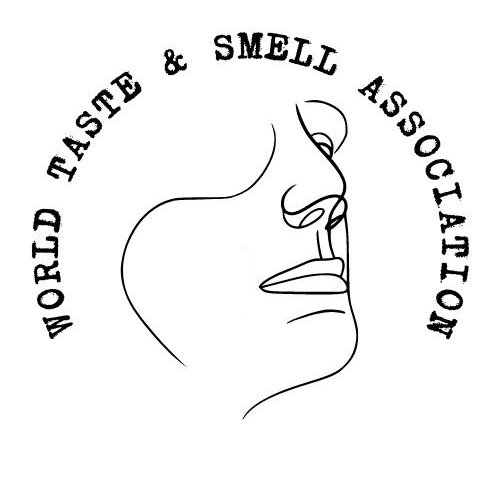The Rise of the ‘Not Ultra-Processed’ Certification
By Mindy Yang
In a world where grocery store shelves are awash with labels like “natural,” “organic,” and “clean,” it’s easy to feel overwhelmed. Yet, amid this sea of claims, one of the most pressing issues remains largely obscured: the ubiquity of ultra-processed foods. Packed with additives, artificial ingredients, and industrial formulations, these products are not just nutritional lightweights—they’re linked to a range of serious health concerns, from obesity to heart disease.
Enter the Clean Label Project (CLP) with a thought-provoking solution: the newly launched “Not Ultra-Processed” certification. This initiative aims to establish a clear standard for minimally processed foods, empowering consumers to make informed choices and encouraging brands to embrace simplicity and transparency.
What Does “Not Ultra-Processed” Mean?
At the heart of this certification lies the NOVA classification system, a science-backed framework developed by the University of São Paulo. It categorizes foods based on their degree of processing. Ultra-processed foods, in particular, contain ingredients like emulsifiers, stabilizers, and artificial additives rarely found in home kitchens.
Jackie Bowen, Executive Director of the CLP, underscores the significance of this certification: “The average American consumes over 60% of their calories from ultra-processed foods. With this certification, we aim to shift the conversation and make it easier for consumers to identify foods that align with their values and health goals.”
To earn the certification, products must avoid artificial colors, flavors, preservatives, and other industrial additives. By cutting through the confusion of vague claims like “natural,” the certification challenges brands to demonstrate their commitment to producing cleaner, healthier foods.
A Balanced Perspective on Processed Foods
The statistics on ultra-processed foods are sobering. According to research from the National Institute of Diabetes and Digestive and Kidney Diseases, these foods now make up more than two-thirds of the average American’s daily calorie intake. Unsurprisingly, this over-reliance has been tied to an increased risk of chronic diseases.
However, it’s important to avoid painting all food processing with the same broad brush. Thoughtful processing can enhance nutrition, extend shelf life, and reduce food waste. The key is to distinguish between processes that support health and sustainability and those that diminish them.
While certifications like “Not Ultra-Processed” provide a valuable framework to guide consumers and encourage transparency, they are not without their challenges. It’s vital to approach such initiatives critically. Over-reliance on certification agencies to define what’s “healthy” or “acceptable” risks granting them undue influence over our food systems. Instead, our focus should be on empowering consumers with the knowledge to make informed decisions based on their unique health needs and values.
A Turning Point for Brands and Retailers
For brands, the “Not Ultra-Processed” certification represents both a challenge and an opportunity. Meeting the stringent NOVA standards may require reformulating recipes, rethinking ingredient sourcing, and enhancing production processes. Yet, the rewards could be substantial: a 2023 Food Insight survey revealed that 72% of consumers are willing to pay a premium for foods perceived as clean or minimally processed.
Retailers, too, have much to gain. By curating shelves with certified products, they can attract health-conscious shoppers while reinforcing their commitment to quality and transparency.
What This Means for You
As consumers, we wield incredible power. Every purchasing decision is a vote for the kind of food system we want to support. The Clean Label Project’s certification offers one pathway to navigate the complexities of food labeling, but ultimately, the power lies in our ability to educate ourselves and demand transparency.
This movement resonates deeply with me, as our food system stands at a crossroads. Striking a balance between embracing innovation and preserving the integrity of what we consume is essential. It’s not about rejecting all processed foods but about choosing those thoughtfully designed to benefit both people and the planet.
What’s Next?
The success of the “Not Ultra-Processed” certification will depend on its adoption by manufacturers and acceptance by consumers. Will it inspire a shift in consumer habits and industry standards, or will it face resistance from an industry often driven by convenience and cost?
As we navigate this evolving landscape, I encourage you to reflect on your role:
• What steps do you take to ensure the foods you buy align with your health and values?
• How do you discern which processed foods to embrace and which to avoid?
Let’s start a conversation about the future of food—one where transparency, health, and innovation coexist for the betterment of all.

